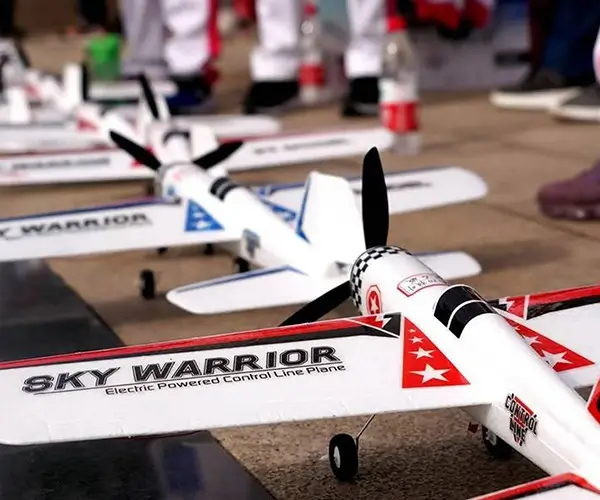Thinking about attaching a micro servo? It might seem simple, but there's a surprising amount of nuance to get everything just right. The key is understanding the delicate balance between secure attachment and avoiding damage. Let’s walk through some practical insights to help you nail it.

First off, what exactly do you need to consider? It’s not just about sticking a tiny arm onto a servo shaft. You want a connection that’s tight enough to stay put during rapid movements but not so tight that you risk cracking or stripping the servo gear. Common issues include slipping or misalignment, which can cause jittery behavior or complete failure. So, choosing the right attachment method matters a lot.
When attaching a servo arm, many folks overlook the importance of the right size. Picking a gear or horn that fits smoothly onto the shaft—without forcing—is crucial. Too tight, and it might deform or damage the shaft. Too loose, and it’ll slip or wobble. You might ask, “What if I need more grip?” Well, adding a tiny dab of thread locker gives that extra hold without over-tightening. Just a small amount, though—nothing that’s going to make removal impossible later.
Now, about securing things in place—think of the tiny screw that holds the arm. Using the correct screwdriver and doing it gently prevents stripping the head or damaging the servo. Some enthusiasts prefer to reinforce the connection with a little piece of heat-shrink tubing or even a tiny piece of foam for added cushion. Ever tried that? Sometimes, a little creative cushioning makes all the difference.
People often ask: “Can I make my own custom attachments?” Absolutely! Many experiment with 3D printed parts or molded plastics. The trick there is making sure your material is sturdy yet lightweight. It’s tempting to go overly complex, but simple designs usually work best for micro servos. Overloading the servo or adding complicated attachments can cause strain, leading to quick wear.
I remember a hobbyist struggling with wobbling arms. Turns out, he was using a too-large horn that didn’t fit properly, causing uneven stress. After switching to a correctly matched size and tightening the screw just enough—without overdoing it—the wobbliness disappeared. That’s the secret sauce: fit, fit, fit. It’s about balance.
What’s the best way to test the attachment? Gently move your servo through its full range of motion after attaching the arm. If there's any slipping or unusual noise, it’s a sign to revisit your connection. Sometimes, a minor readjustment makes all the difference.
If you’ve ever been in the middle of a project and a servo arm comes loose, you know how frustrating it can be. That’s why taking the time to confirm a solid attachment makes your work smooth and your remote devices more reliable. Keep it simple, stay patient with the fitting process, and you’ll get consistent, dependable performance.
Ultimately, attaching a micro servo isn’t just about fixing a part—it’s about understanding your gear and respecting its limits. Whether you’re building a tiny robot or a drone, the right attachment makes everything click into place. Sometimes, it’s the small details that determine whether your project soars or stalls.
Established in 2005, Kpower has been dedicated to a professional compact motion unit manufacturer, headquartered in Dongguan, Guangdong Province, China. Leveraging innovations in modular drive technology, Kpower integrates high-performance motors, precision reducers, and multi-protocol control systems to provide efficient and customized smart drive system solutions. Kpower has delivered professional drive system solutions to over 500 enterprise clients globally with products covering various fields such as Smart Home Systems, Automatic Electronics, Robotics, Precision Agriculture, Drones, and Industrial Automation.




































